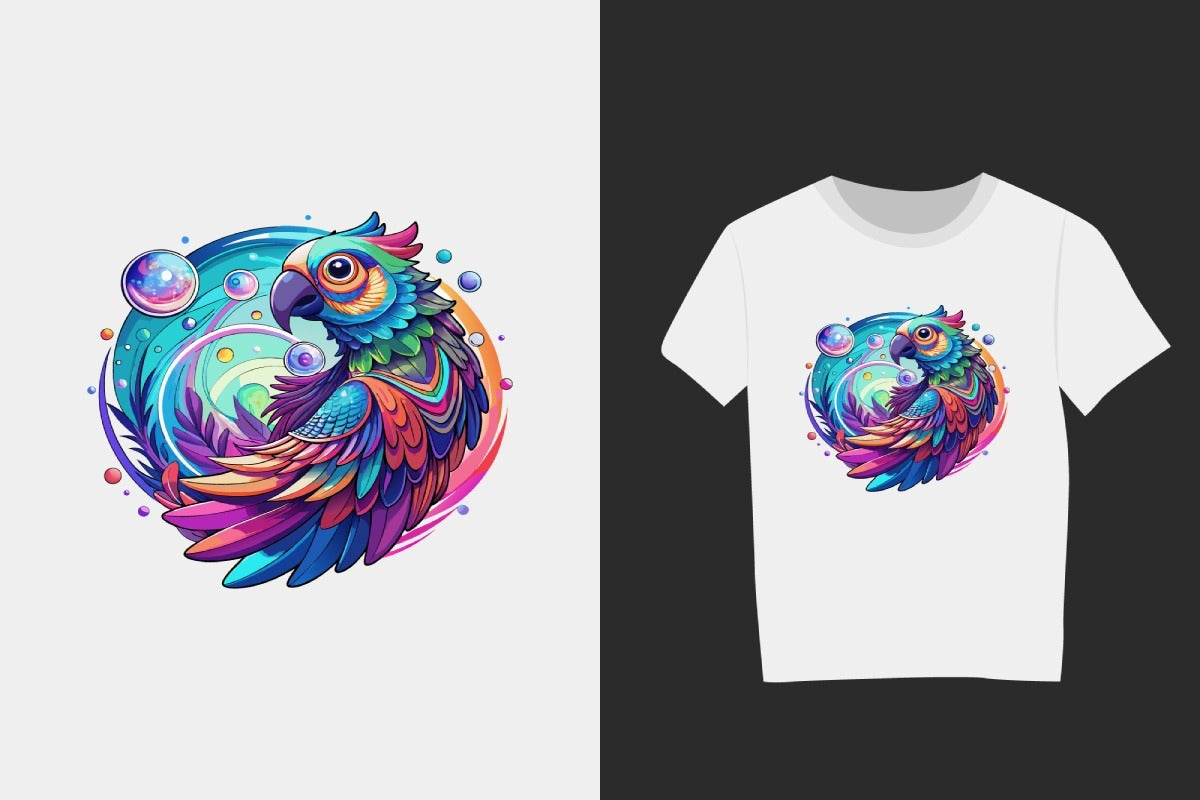
What is DTF? A New Printing Revolution
Understanding the Basics of DTF
DTF stands for Direct to Film, a modern printing technology that allows designs to be transferred onto various surfaces. Unlike traditional printing methods, this technique uses a special film to carry the ink. Once printed, the design is applied to fabrics or other materials using heat and pressure. This process ensures high-quality prints with vibrant colors and fine details. The durability of DTF prints makes them ideal for both personal and commercial use.
How DTF Printing Works
The DTF printing process involves several key steps to achieve high-quality results. First, the design is printed onto a specialized film using a printer equipped with pigment-based inks. A layer of adhesive powder is then applied to the print, which is later cured using controlled heat. Once prepared, the film is transferred onto the desired surface with a heat press. This method ensures a strong bond between the ink and the fabric, resulting in a long-lasting, vibrant print.
Advantages of DTF Printing
One of the major advantages of DTF printing is its versatility in transferring designs onto various materials. This method works well on cotton, polyester, and even blended fabrics. The colors remain bright and vibrant even after multiple washes. Additionally, there is no need for complex pretreatment processes, making it a cost-effective solution. The soft texture of the final print ensures comfort, making it an excellent choice for apparel printing. Moreover, the ability to print intricate designs with fine details gives it a competitive edge over traditional methods.
Essential Equipment for DTF Printing
To start with DTF printing, a few essential pieces of equipment are required. A high-quality printer capable of handling pigment-based inks is a must. Special transfer films are used to carry the designs before they are applied to the fabric. Heat press machines play a crucial role in ensuring proper adhesion of the ink. The use of adhesive powder is necessary to help the ink stick effectively to the material. Lastly, proper curing equipment ensures that the prints remain durable and resistant to washing.
Common Mistakes to Avoid in DTF Printing
Many beginners make mistakes that can affect the quality of their DTF prints. Using the wrong type of ink or film can lead to poor adhesion and faded colors. Incorrect heat press settings may cause designs to peel off after a few washes. Overloading adhesive powder can result in uneven textures on the final product. Skipping the curing process can make the prints less durable. It’s essential to follow each step carefully to ensure high-quality and long-lasting prints.
Maintaining and Caring for DTF Prints
Proper maintenance is key to ensuring the longevity of DTF prints. Always wash garments inside out to protect the printed design from direct friction. Use mild detergents and avoid harsh chemicals that can weaken the ink. Air drying is recommended over high-temperature tumble drying. Avoid using excessive heat while ironing, and never place an iron directly on the print. By following these simple steps, DTF prints can remain vibrant and durable for a long time.
Is DTF Printing Right for You?
Choosing the right printing method depends on various factors, including budget, material preference, and business goals. DTF printing is ideal for those looking to create detailed and colorful prints without expensive setups. It is also suitable for both small and large-scale production, offering flexibility in design and application. If durability and color vibrancy are priorities, this technique is a great choice. Businesses seeking to print on different types of fabrics will benefit from its versatility. Understanding its advantages and limitations will help in making an informed decision.
Conclusion
DTF printing has revolutionized the world of textile and merchandise printing with its high-quality results. Its ability to work on various fabrics and provide durable, vibrant prints makes it an excellent choice for both businesses and individuals. By following the correct process and avoiding common mistakes, anyone can achieve professional-level results. With the right equipment and maintenance, DTF prints can last for years without losing their appeal. If you're looking for an efficient and cost-effective printing solution, this technology is worth considering.
FAQ
- What is DTF printing?
- DTF printing is a digital printing method where designs are printed onto a special film and then transferred to fabrics using heat and adhesive.
- What materials can DTF be applied to?
- DTF can be applied to cotton, polyester, blends, leather, and even hard surfaces like wood and metal.
- Does DTF printing require pretreatment?
- No, unlike DTG (Direct to Garment), DTF does not require pretreatment before printing.
- Is DTF printing durable?
- Yes, DTF prints are highly durable and resistant to washing, stretching, and fading.
- Can I use a regular inkjet printer for DTF?
- No, you need a specialized printer that supports DTF inks and films.
- What kind of ink is used in DTF printing?
- DTF printing uses pigment-based inks that are formulated to adhere well to fabrics.
- How should I wash garments with DTF prints?
- Wash inside out with mild detergent and avoid using high heat while drying to preserve the DTF print.
- Can DTF prints be applied to dark fabrics?
- Yes, DTF prints work well on both light and dark fabrics without losing vibrancy.
- What is the difference between DTF and sublimation printing?
- DTF works on a wider range of materials, whereas sublimation is limited to polyester fabrics.
- Is DTF printing cost-effective for small businesses?
- Yes, DTF is a great option for small businesses due to its low setup cost and high-quality output.






